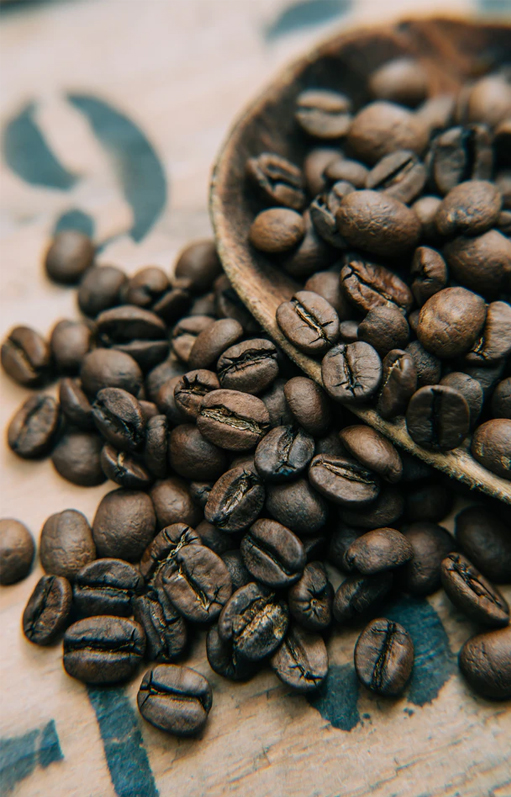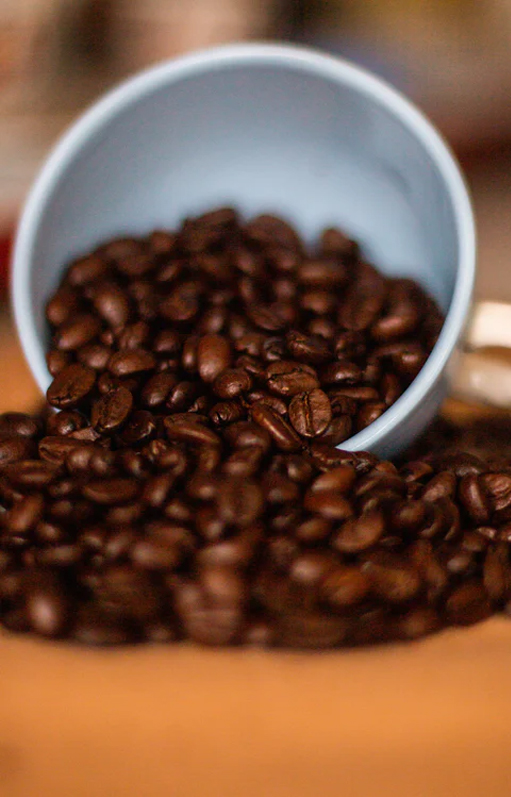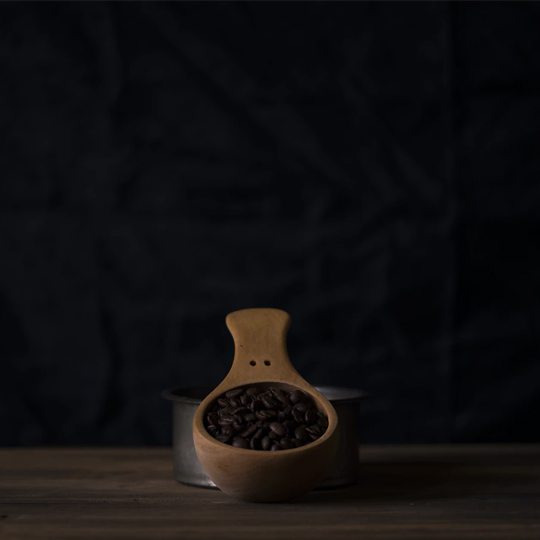What's the pefect arabica / robusta ratio for coffee blends?

Although nowadays, we seem to be living the "omnipotence" of Arabica coffee, which is well known for its popularity, the Italian espresso tradition is based on Arabica mixing with some of the second coffee variety, Robusta.
The blending between the two varieties aims to combine the best of them, resulting in a complex flavor profile and the texture we love in espresso. Coffee is a matter of personal taste, and its taste is a highly sensitive area, depending on many stages of its cultivation and processing. There is probably no other product with as many flavors and characteristics as coffee.
In trying to map the taste and characteristics of coffee, we stand in the way of changing the profile of a blend, depending on the Arabica / Robusta ratio it contains.
 What has Arabica or Robusta to offer to an espresso blend?
What has Arabica or Robusta to offer to an espresso blend?
Although varieties of the same plant, Coffea Arabica and Coffea Canephora (Robusta) exhibit very different characteristics, with which the blender "builds" the character of its blend.
Arabica has a more complex aromatic profile, with more aromas, a rich mouth and hidden suspicions of different flavors, is significantly less bitter than its "cousin" and, depending on its variety, has strong, pronounced acidity. The variety of flavors becomes even greater if we consider that each blend ends up with more than one Arabica variety, with different flavor profiles, depending on the country of origin, the cultivation altitude, the processing and the aromas of each variety. That is why blending is a tedious and responsible job that requires deep knowledge of the coffee world, a strong sense of taste and extensive experience.
Robusta, on the other hand, is clearly more "flat" tasting, but hides the virtues needed in an espresso blend. Specifically, adding Robusta to a blend gives it strength, greatly improves its body and, in the case of espresso, enhances the "cream", which is one of the main features of espresso. And if we like to enjoy espresso-based cold drinks or even espresso-milk-based beverages, such as cappuccino, latte or Flat White, then Robusta's body and power add to the blend our cup in the best way.
How does a blend profile changes as the Robusta / Arabica ratio differs?
Although the end result always depends on a multitude of factors, such as the quality of the grains, their roasting, their variety and the cultivation and processing conditions, we can outline - with rough lines - how the taste profile of a blend varies. depending on the proportion of Arabica and Robusta it contains.
 Robusta-rich blends: Content of Robusta 90%, 80% ή 70%
Robusta-rich blends: Content of Robusta 90%, 80% ή 70%
Robusta's bitter, strong flavor is more intense, as Arabica undertakes to give just a few aromatic and tasty touches. The palette features notes of cereal, earthy aromas of wood, roasted nuts, maybe bitter cocoa and chocolate. The caffeine content is usually higher and the acidity absent. Usually these blends are highlighted by adding minimal sugar while behaving extremely well in beverages that require the addition of milk. The cream is particularly rich and the body strong, something that blends well with the cold coffee (Freddo Espresso or Freddo Cappuccino). Also ideal for espresso lungo.
Blends to try: Garibaldi Versilia, Amigos Qualita Extra Bar
Balanced Blends: content of Robusta, 60% ή 50%
The Robusta's features remain intense, but the aromas and subtle flavors of the Arabica begin to come to the fore. The cream is rich but the body intense but the acidity is balanced and the flavor is enriched with notes of milk chocolate, dried fruit, honey and more generally a more complex aromatic spectrum. The results are good in every preparation, hot or cold, with or without the addition of milk, always depending on each person's personal taste.
Βlends to try: Lavazza Qualita Rossa, Amigos Qualita Espresso
Arabica-reach blends: Content of Robusta 40%, 30%, 20%
This is a category in which there are many popular blends, as it is perhaps the most ideal balance between the two varieties of coffee. The aroma palette of Arabica is now unfolding, resulting in more sophisticated flavors, such as floral and fruit aromas, while the acidity is slowly coming to the fore. At the same time, the addition of Robusta keeps the cream at a satisfactory level and promises a rich body that can withstand cold preparations and milk. A strong coffee flavor, which usually does not require sugar and is ideal for both espresso and ristretto or lungo, depending on our personal taste.
Blends to try: Lavazza Gold Selection, Portioli Extra Bar, Buondi Prestige
100% (or slighlty less) Arabica Blends: content of Arabica 90% - 100%
Arabica is naturally dominant, resulting in a tasty burst, a bouquet of rich fragrances and a greater "courtesy" in the mouth, sometimes combined with a more pronounced acidity. At the same time, however, the body is definitely not as strong and the cream can also fluctuate. There are excellent espresso blends in this category, which can give very enjoyable espresso or ristretto cups, however in cold beverages the effect is often weak due to lack of body.
Blends to try: Illy Normal, Lavazza Tierra, Lavazza Pienaroma, Danesi Gold
How should every variety should be roasted in order to be blended well?
This is one of the most difficult questions about roasting and blending coffee, to which there is no clear answer, as each blender or roaster follows the path it believes will lead to the desired result. So, always after exhaustive tests, some decide to mix before roasting, and then roast the blend, while others roast Arabica separately and Robusta separately, or even separately each of the individual varieties make up the blend. The second method has the advantage that the roaster can roast as much as any variety wants, resulting in exactly the taste profile of each one as desired, but friends of the first method say the taste is more " round, "with more homogeneity. It is worth noting that there is no specific roasting profile for Arabica or Robusta, as they all depend on the palette we want our variety to have after roasting and even after mixing.
The world of coffee is endless and the choices it gives us are many - it is important, as we are used to saying, to always drink the coffee we deserve!










